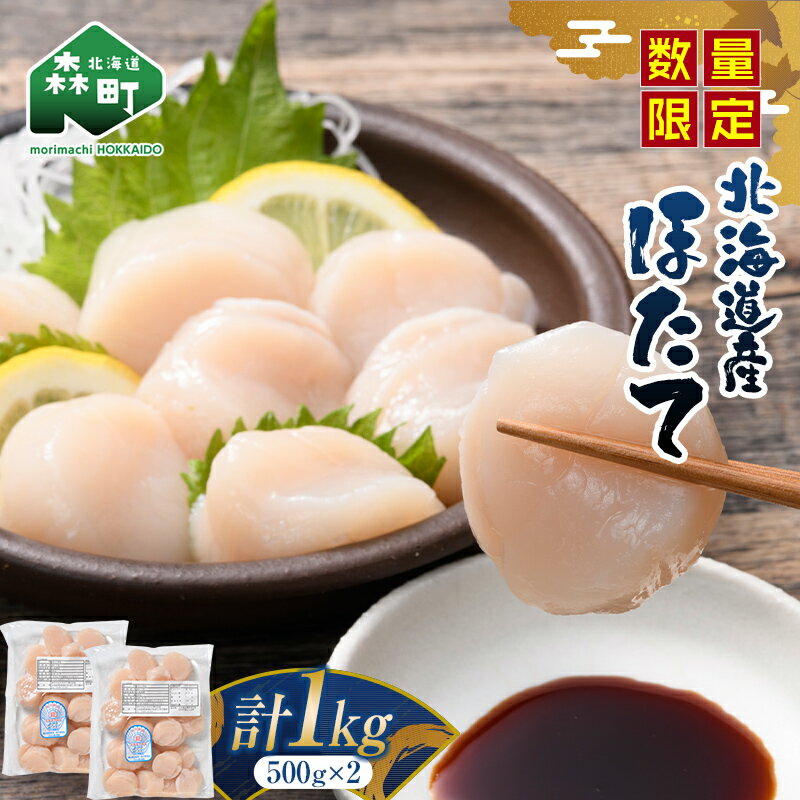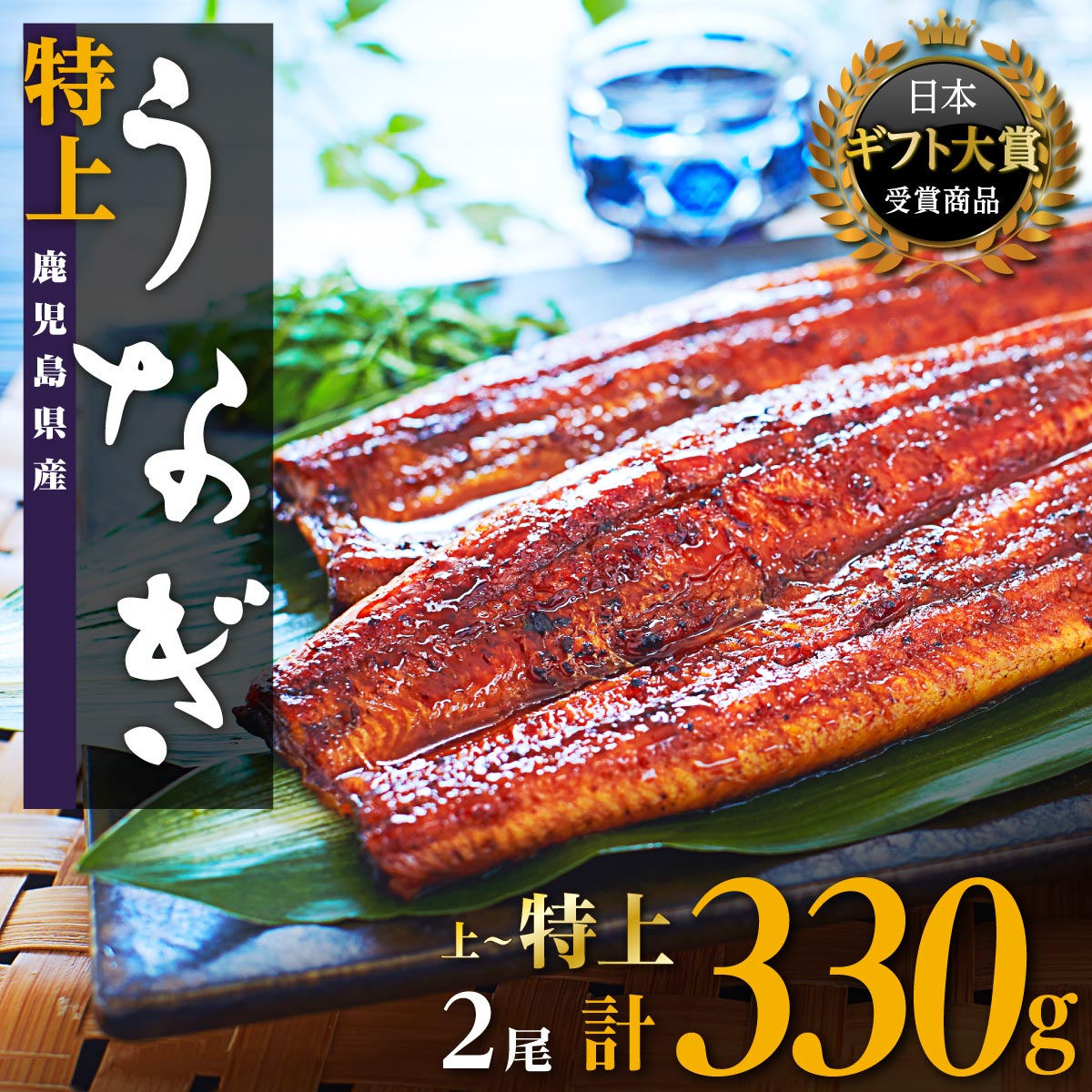論文No3637
Dynamic cytokines signature predicts survival outcome from severe Immune-related hepatitis with PD-1/PD-L1 blockade in lung cancer
Liang Zeng,Yuling Zhou,Qinqin Xu,...Shaoding Lin,Nong Yang,Yongchang Zhang
LUNG CANCER, VOLUME 184, 107350, OCTOBER 2023.
<背景>
免疫関連有害事象(irAE)、特に免疫関連肝炎(IRH)は、
免疫チェックポイント阻害薬(ICI)治療による重篤な合併症の可能性がある。
このレトロスペクティブコホート研究では、IRHの予後および予測バイオマーカーの可能性について検討した。
<方法>
本研究では、ICIを投与された進行肺がん患者37例を対象とし、
グレード3(G3)以上のIRH群(n=17)とirAEなし群(n=20)の2群に分けた。
3つの異なる時点で採取した血液サンプルと治療前の腫瘍生検サンプルを、マルチオミクスアッセイを用いて解析した。
<結果>
IL-1BのRNA発現は、G3-IRH群でirAEなし群より有意に増加した(limma, fold = 1.94)。
irAE無投与群と比較して、≧G3-IRH群では単球と好酸球の浸潤が高く、
マクロファージの浸潤、特にマクロファージM2の浸潤が低かった。
治療前の腫瘍サンプルのトランスクリプトーム解析では、
≧G3-IRH群で様々な炎症関連遺伝子の有意なアップレギュレーションが認められた(偽発見率<0.05)。
さらに、さまざまな炎症性サイトカインとケモカインは、G3-IRH群の血漿中ではirAEなし群よりも有意に低かった。
G3以上-IRH群のサブグループ解析では、血漿中IL-1AはIRHが消失した患者の方がIRH関連死の患者よりも有意に高かった。
死亡した患者では、ベースラインからIRH発症7日目までの免疫スコアとユークリッド距離の増加が大きく、
免疫抑制後にユークリッド距離が劇的に増加したことから、免疫状態の過剰刺激が示唆された。
<結論>
IL-1B過剰発現と免疫関連肝炎の感受性との関連が示された。免疫スコアと炎症性サイトカインのユークリッド距離は、G3以上のIRHからの生存転帰の予測値を提供する可能性がある。
Background
Immune-related adverse events (irAEs), particularly immune-related hepatitis (IRH) is a potentially serious complication of immune checkpoint inhibitor (ICI) therapy. This retrospective cohort study investigated potential prognostic and predictive biomarkers for IRH.
Method
This study included 37 patients with advanced lung cancer who received ICIs and were divided into two groups: ≥Grade 3 (G3)-IRH group (n = 17) and without irAE (no-irAE) group (n = 20). Blood samples collected at three different time points and pre-treatment tumor biopsy samples were analyzed using multi-omics assays.
Results
The IL-1B RNA expression was significantly increased (limma, fold = 1.94) in the ≥ G3-IRH group than the no-irAE group. Compared with no-irAE group, ≥G3-IRH group had higher monocyte and eosinophil infiltration and lower macrophage infiltration, particularly macrophage M2. Transcriptomics analyses of pre-treatment tumor samples revealed significant upregulation of various inflammation-related genes in the ≥ G3-IRH group (False discovery rate < 0.05). Moreover, various proinflammatory cytokines and chemokines were significantly lower in the plasma of the ≥ G3-IRH group than in the no-irAE group. Subgroup analyses of the ≥ G3-IRH group revealed that plasma IL-1A was significantly higher among those whose IRH resolved than those who had IRH-related death. Patients who died had a greater increase in immune score and Euclidean distance from the baseline to the seventh day of IRH onset, with a dramatic increase in Euclidean distance after immunosuppression, suggesting overstimulated immune status.
Conclusion
Our study demonstrated the association between IL-1B overexpression and IRH susceptibility. Immune score and Euclidean distance of inflammatory cytokines may provide predictive value on the survival outcome from ≥ G3 IRH.


